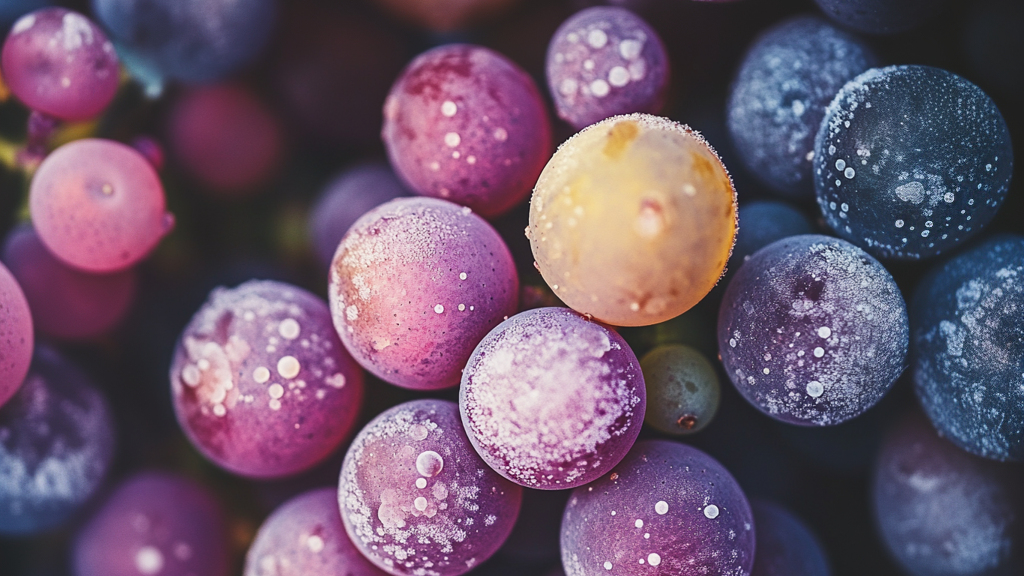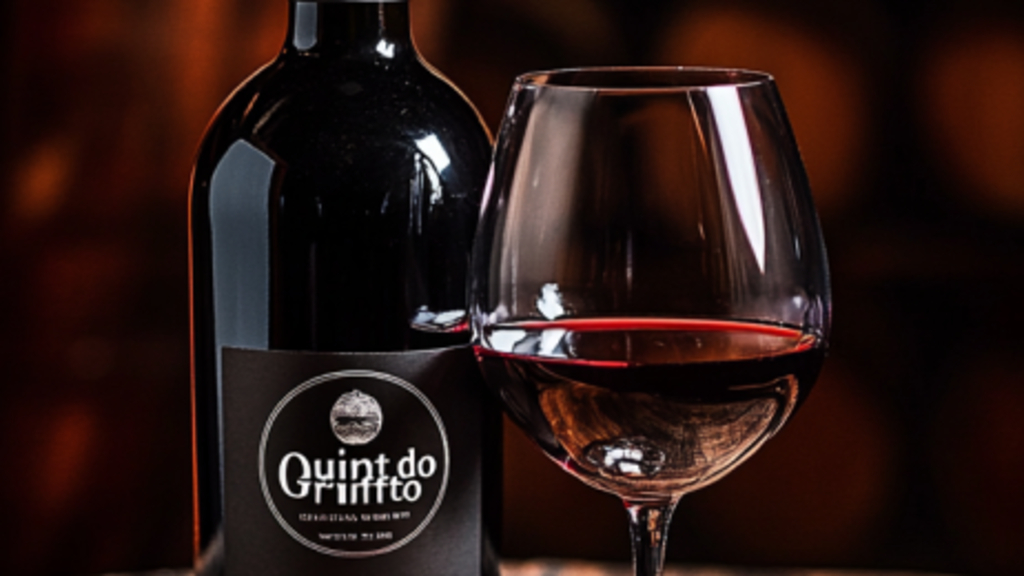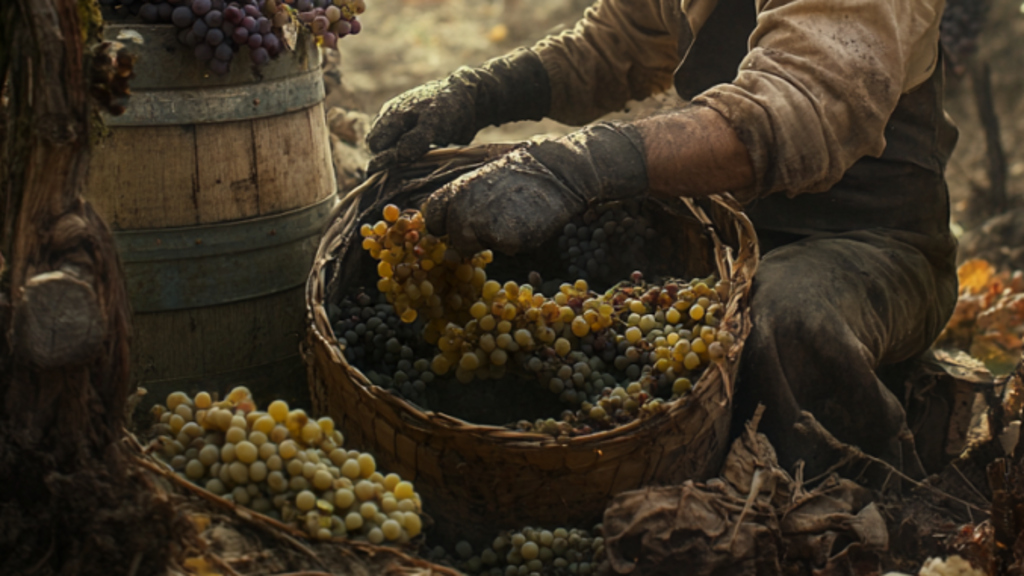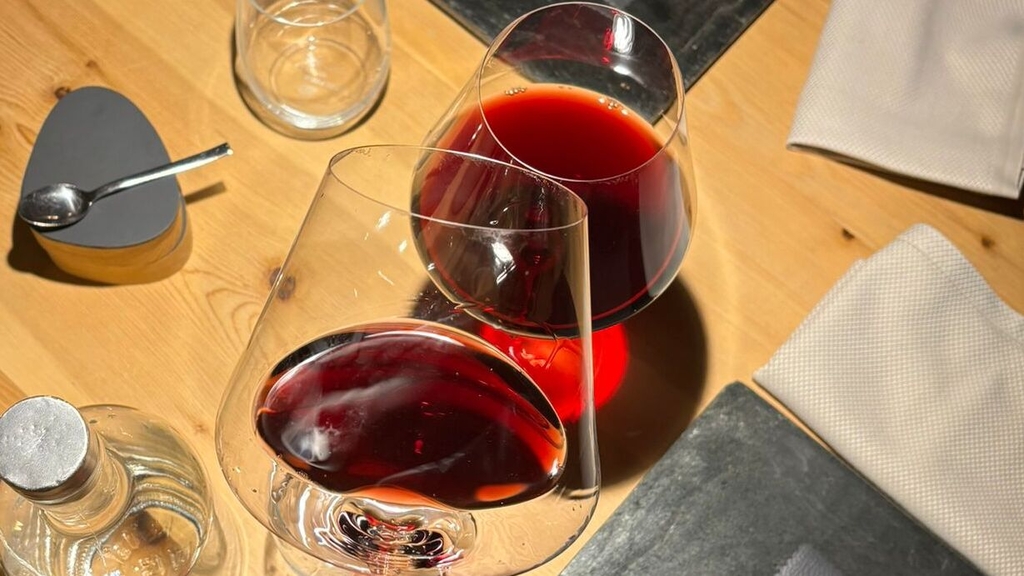What are native yeasts?
How do Native Yeasts affect Wines?

In the wine world, there are many methods to influence the character and quality of a wine. One particularly fascinating method is the use of "native yeasts," also known as indigenous or wild yeasts. These natural helpers play a crucial role in winemaking and give the wine a unique character.
Secret ingredient for extraordinary wines
Yeasts play a central role in winemaking—the small, single-celled fungi enable the alcoholic fermentation of the must. Yeasts are responsible for converting grape sugar into alcohol.
Native yeasts, also known as wild yeasts, are yeast fungi that naturally occur in the environment of the vines and are not artificially cultivated in a lab. These microorganisms are found on the skin of grapes but also in the vineyard environment. Native yeasts are used during the fermentation of wine. These tiny fungi are hard to tame—however, if the perfect balance is achieved, spontaneous fermentation can occur, which can work wonders.
Benefits of native yeasts
Through spontaneous fermentation—meaning the natural fermentation of the wine—native yeasts can contribute to the diversity of flavor nuances in wine. They bring a wide range of aromas to the wine and produce different compounds that give the wine complexity and depth. This often results in wines with a particularly individual and characterful profile.
Since native yeasts come from the surrounding environment, they also reflect the terroir of the vineyard, meaning the wine reveals not only the taste of the grapes but also the character of the growing area. The different yeast strains can thus increase the variety of aromas and give the wine a rich and multi-layered profile.
Typical challenges of using native yeasts
Fermentation with wild yeasts can be less controllable than with cultured yeasts. This unpredictability can lead to unexpected or even faulty aromas if the yeasts are not ideal for the particular wine. Winemakers need to be constantly responsive in this regard.
Additionally, native yeasts tend to work more slowly than cultured yeasts. This slows down the fermentation process and requires patience and constant attention during winemaking.
As mentioned earlier, the use of native yeasts can increase the risk of contamination, as the yeasts can also bring other microorganisms. This requires careful monitoring and, if necessary, additional measures to ensure wine quality.
The Role of native yeasts in winemaking
Many winemakers, especially those dedicated to natural or traditional winemaking, rely on native yeasts to give their wines a special touch. This method is often combined with minimal intervention to highlight the authentic character of the grapes and the terroir. This approach fits very well with organic wine production.
The use of native yeasts ensures a winemaking method that respects nature. Native yeasts offer an exciting way to produce wines that stand out from the crowd and tell the unique story of the growing area.
For winemakers, using wild yeasts is a bold bet. For wine lovers and collectors looking for something special, these wines can offer an unforgettable taste experience.
Cheers 🍷


